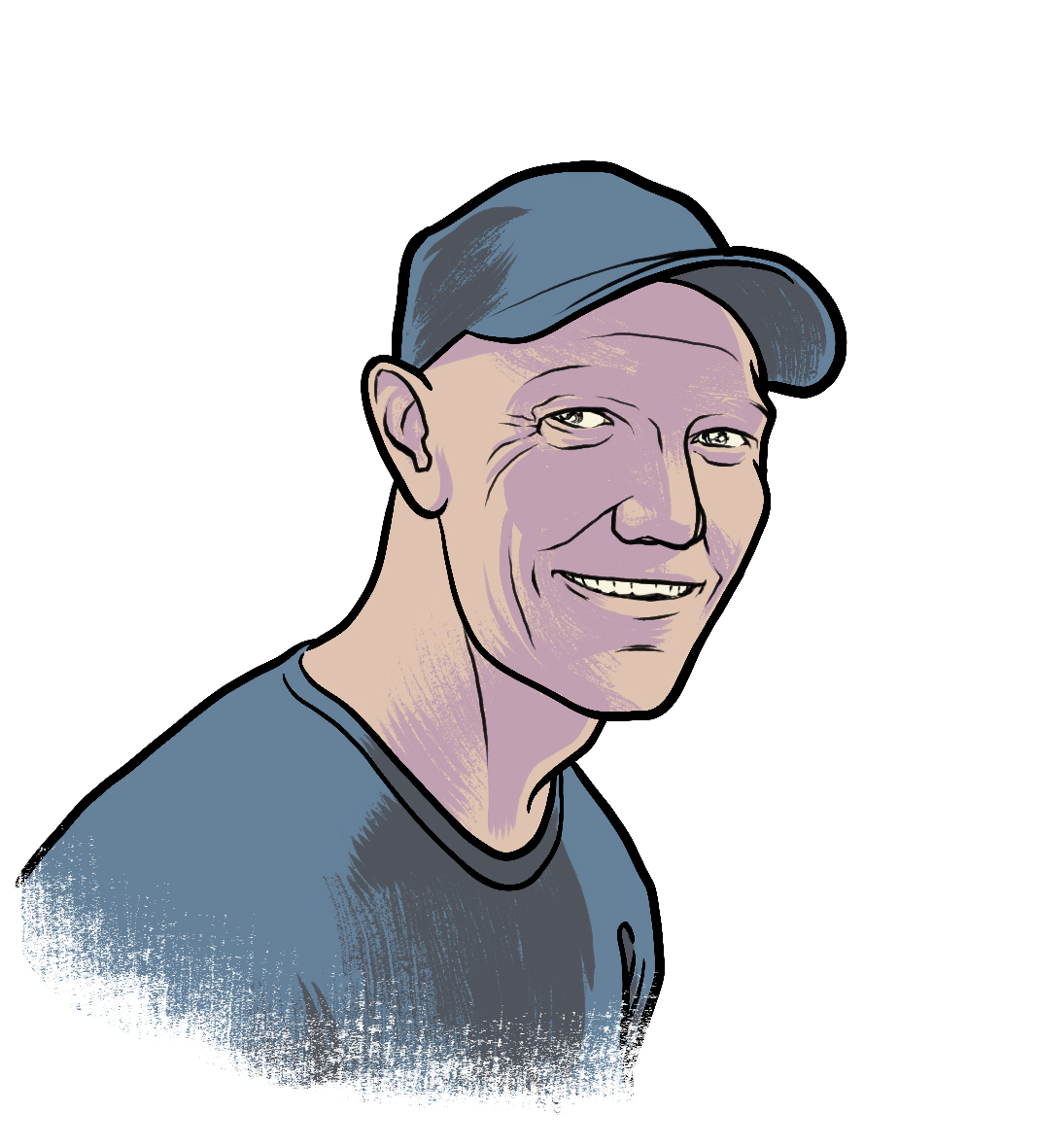How is it that our smallest national park, at 237km2, is also the one which attracts the most visitors each year?
Perhaps most importantly, the Park contains some stunning scenery and a number of those scenes have become quintessentially Abel Tasman over the years. While the entire New Zealand coastline is basically a succession of beaches and bays, the golden sand, crescent-shaped bays in the Abel Tasman that have been captured in photos and videos over many years have become a bit of a thing unto itself. The sneak peeks of these beaches that are available from elevated sections of the Abel Tasman Coast Track make for good photographs. There is also something rather magical about seeing lush native bush that comes right down to the waterline, fringing beaches and tidal inlets. In combination, all of these elements make the Abel Tasman a bit of a superstar which has been used by organisations like Tourism New Zealand and Air New Zealand to promote Aoteroa around the world in their marketing campaigns. And here’s the thing; the Abel Tasman looks and feels just like it does in those postcard photographs and promo videos. This means the Park consistently delivers or even over delivers on the expectations of the people who visit it. This is the direct opposite to the modern marketing phenomenon that is a fastfood chain store where the food looks fabulous in the promo photos but more like soggy cardboard when you’re actually holding it in your hand.
"Marahau at the southern entrance to the Abel Tasman National Park is an easy one hour drive from Nelson Airport."
Another key factor in the popularity of the Abel Tasman is just how easy it is to access the place. Many of our other national parks are in remote locations and it takes no small amount of effort and physical exertion to enjoy those places. By contrast, Marahau at the southern entrance to the Abel Tasman National Park is an easy one hour drive from Nelson Airport. Once you’re in Marahau you can access the Park in a number of ways including simply strolling under the impressive carved waharoa (entranceway), along the boardwalk and into the Park. The rest of the Abel Tasman is also incredibly accessible with scheduled water taxi services daily all year round and a dizzying array of options to paddle into the park in a kayak. These transport options allow visitors to do day trips in any area of the park or even half-day trips in the southern end of the park. For visitors doing multi-day trips it provides the opportunity to walk or paddle a kayak in one direction and then water taxi back to where they started their trip, rather than having to return over the same ground they have already covered.
For people with even a modicum of physical fitness, the Abel Tasman Coast Track is a comfortable walk. This is not a trek through the wilderness where bush bashing, river crossings and complicated navigation is required. The track is well graded and while there are some steeper uphill sections, the gradient is gently undulating for the most part. Being situated along the coast with the huts and campsites located right on or beside the ocean, this makes a multi-day tramp along the track a combination of a tramp and a beach holiday. You walk or kayak for part of the day and then chill out and swim on the beach in the afternoons and early evenings. The track is well marked, well maintained and insanely easy to navigate which means you don’t really need outdoor experience to complete it. Of course this all means the Abel Tasman is a viable option for pretty much anyone, rather than just for people who are physically fit, have bushcraft and backcountry skills and own specialist outdoor equipment worth many hundreds of dollars.
"For people with even a modicum of physical fitness, the Abel Tasman Coast Track is a comfortable walk."

Blog by Brendan Alborn
Owner Operator
Brendan has a long association with the Abel Tasman, visiting it for the first time when his parents moved to Marahau in 1997. After spending much of his life overseas, Brendan and his family moved to the area at the end of 2010. When Brendan is not spending his time in the outdoors he seems to spend much of his time creating even flimsier justifications for spending more time in the outdoors.


